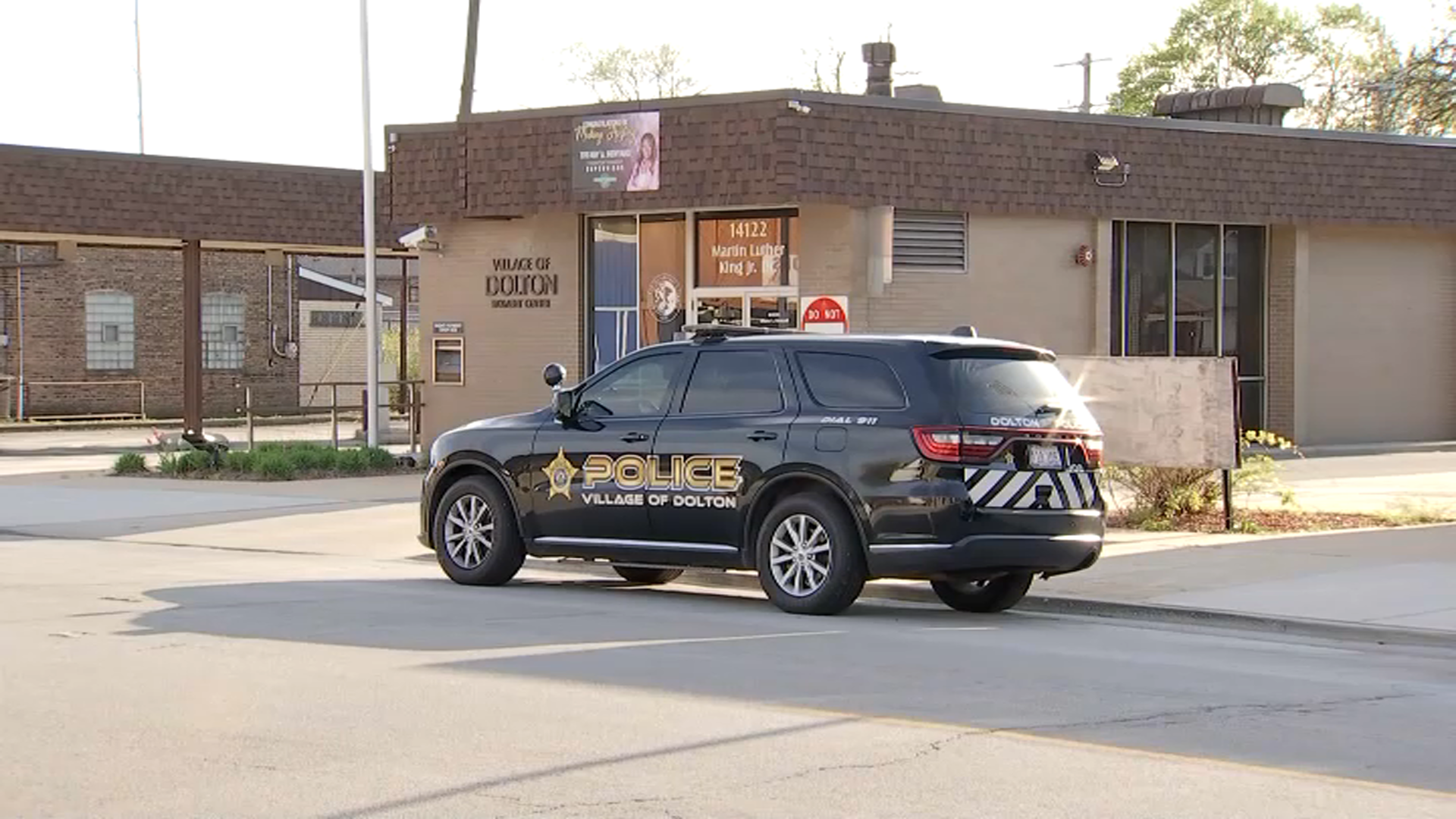Perhaps the most significant item on Illinois lawmakers' agenda this session is a proposal to change the state's individual income tax system from the current flat rate to a progressive scale. There's been plenty of debate surrounding the idea, and lots of questions. Here are a few key things to know:
What is a graduated income tax?
A graduated income tax, also referred to as a progressive tax, is a tax structure that imposes increasingly higher tax rates on higher-earning individuals or businesses. Essentially, under this kind of system: the more you make, the more you pay. In contrast, a flat tax is one rate for all.
What is Illinois' tax rate now?
Illinois' current individual income tax rate is a flat 4.95% for everyone, regardless of how much money they make. It's a flat rate across the board because the current version of the state Constitution, which has been in effect since 1971, requires that any income tax imposed by the state be "at a non graduated rate." Any amendment to Illinois' Constitution requires ratification by three-fifths of voters in an upcoming general election.
What has Illinois' individual income tax rate been in the past?
Illinois' first income tax rate was 2.5%, implemented in 1969 and in place through 1982. From 1983 and 2010, the rate fluctuated between 2.5% and 3%, where it stayed from 1990 to 2010. Facing a multi billion-dollar budget deficit in early 2011, then-Gov. Pat Quinn signed a temporary tax increase into law that hiked the rate to 5% through the end of 2014, when it was scheduled to sunset. Quinn lost his bid for re-election to Gov. Bruce Rauner in November 2014, and on Jan. 1, 2015, before Rauner took office, the rate automatically dropped to 3.75%.
Local
Rauner campaigned on what he called a "Turnaround Agenda," which included proposals to weaken public employee unions, change the workers compensation system and more, as a way to improve Illinois' economy, rather than increase taxes. That put him at odds with the Democrat-controlled legislature, and thus ensued a more than two-year state budget impasse - the longest in U.S. history - that devastated schools and social service agencies statewide and ballooned Illinois’ bill backlog to more than $14 billion - in part worsening the state's already tenuous financial situation. In 2017, the legislature overrode Rauner's veto of a budget that included a tax increase, ending the impasse and bringing the rate back up to 4.95% where it remains today.
Who wants to change the tax rate and why?
Gov. J.B. Pritzker, who defeated Rauner in 2018, campaigned in part on a promise to implement a progressive income tax on the state's wealthiest individuals. Pritzker himself is the richest elected official in the country, with Forbes estimating the Hyatt Hotel heir's net worth at about $3.2 billion and his 2017 tax forms showing he made more than $54 million that year alone. As governor, he faces the aforementioned bill backlog and pension deficit, while also looking to fund a major capital plan to rebuild the state's infrastructure, among other initiatives. Democrats largely support the change to what he’s dubbed a “fair tax,” while the generally tax-averse Republicans in Springfield have expressed their opposition – all voting in lockstep against the measure in both chambers. [[503509331, C]]
What needs to happen for the tax rates to change?
In short, several things. In May, the final month of the legislative session, both chambers passed a Constitutional amendment to repeal the state's flat tax and allow for a graduated income tax. But per the state Constitution, voters will have to decide whether to ratify that amendment in the next general election, happening in November 2020. The change will take effect one of two ways: if three-fifths (or 60%) of people voting on the amendment approve it, or if a simple majority (50% plus one) of all voters, including those who skip the question on their ballots, approve it.
But the Constitutional amendment alone won’t change the rates – it will only allow for them to be graduated. In the final days of the legislative session, lawmakers passed (and Pritzker vowed to sign) a separate bill to set new rates that would take effect beginning the year after the amendment is ratified – so on Jan. 1, 2021, if voters approve it in the fall.
What would Illinois' new tax rates be?
According to Senate Bill 687, which passed both chambers, the proposed rates would be as follows:
For single and joint filers earning less than $250,000 per year, the first $10,000 would be taxed at 4.75%, then income between that and $100,000 would be taxed at 4.9%. From there, up to $250,000, the rate would be 4.95%, where it stands today.
Above $250,000, the rates begin to differ for single and joint filers. For single filers from $250,000 to $350,000, and for joint filers up to $500,000, the rate would be 7.75%. That increases to 7.85% for single filers reporting between $350,000 and $750,000 in income, and for joint filers from $500,000 to $1 million.
Under the new structure, single filers earning more than $750,000 and joint filers earning more than $1 million would be taxed at the top rate of 7.99%. For only that highest bracket, the taxpayers’ net income would all be taxed at that top rate, unlike the rest of the brackets.
It's important to note: For anyone paying below that top rate of 7.99%, the lower rates will not apply to all of your income. It works more like a ladder than a blanket rate, so the majority of residents’ first $10,000 would be taxed at the lowest rate. You would then pay the corresponding rates for each bracket, unless and until you reach the $750,000 mark - or $1 million for joint filers.
While a deal negotiated in the legislature seems unlikely to be revisited, these rates aren’t set in stone. Though it probably won't happen, they theoretically could be changed in the next year, since the amendment itself isn't up for a vote until November 2020 - leaving another full legislative session between now and then. [[510401762, C]]
When would the new rates take effect?
Because the Constitutional amendment requires ratification in the next general election, the earliest the new structure could take effect if it’s approved would be on Jan. 1, 2021. Interest groups on both sides of the issue have already taken to television airwaves both in favor and against the progressive tax structure, meaning it will be a long year and a half of ads and spirited debate before voters even head to their polling places.
Who would a graduated tax impact most?
Pritzker says under this new structure, 97% of Illinois residents would pay the same or less in state income taxes. Under the Senate-approved proposal, anyone making less than $250,000 would pay the current rate of 4.95%, with a slight decrease in the rates on income up to $100,000.
What other states have a graduated income tax?
Thirty-three states in the U.S. and Washington, D.C., all have some form of a progressive income tax, ranging from 0% on the lowest earners in South Carolina to as high as 13.3% on incomes over $1,000,000 in California. Illinois and its Midwestern neighbors Indiana and Michigan are three of eight states that impose a flat tax.



